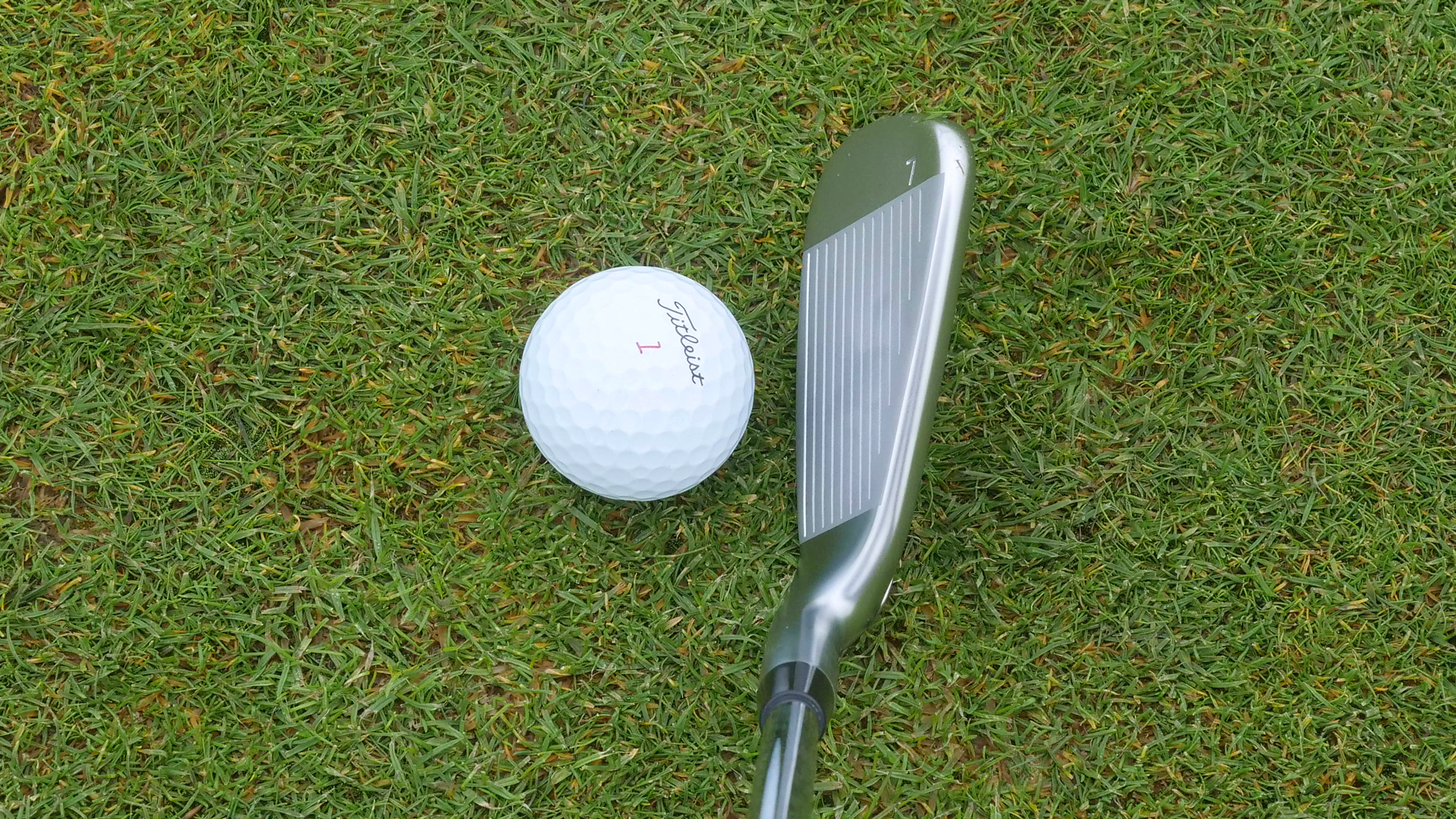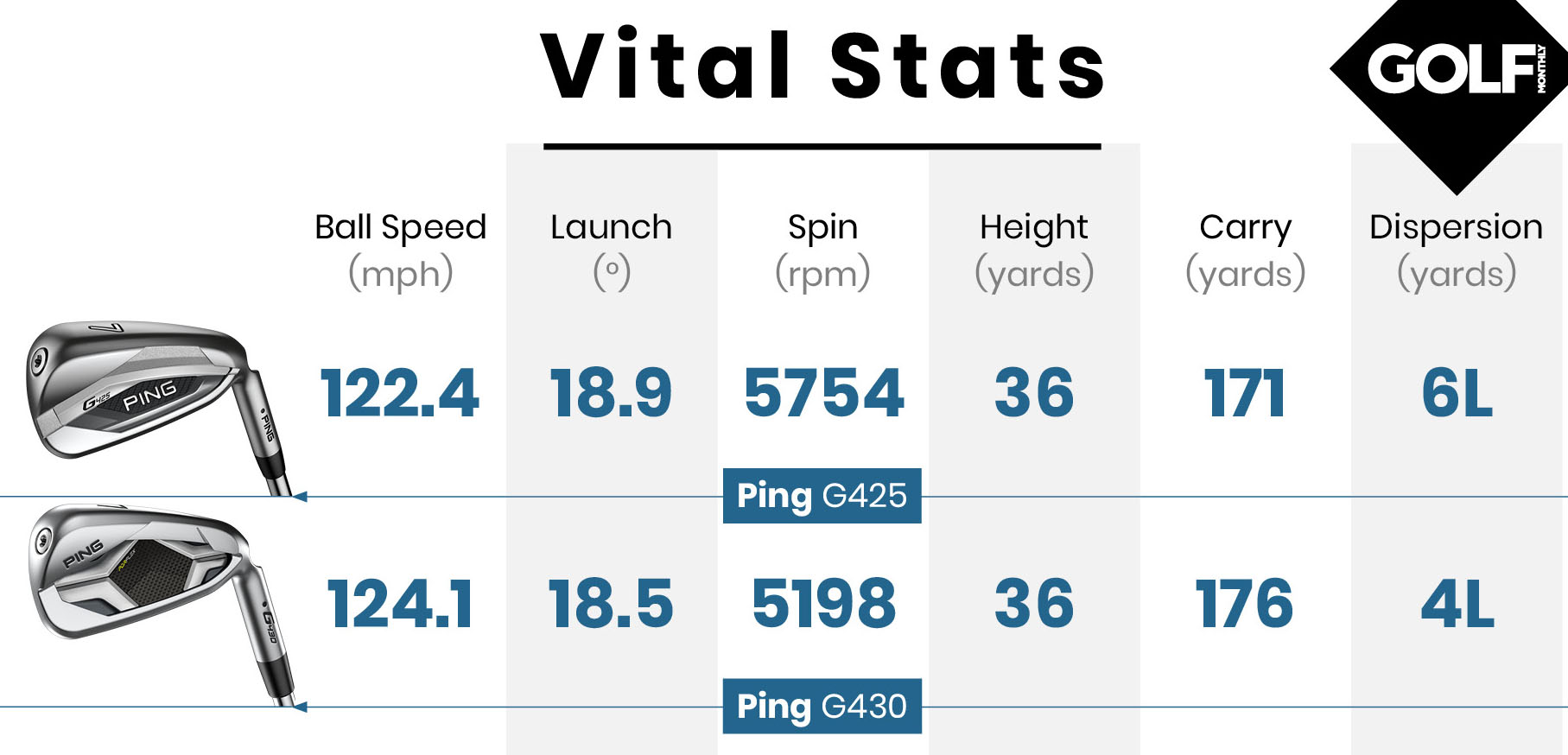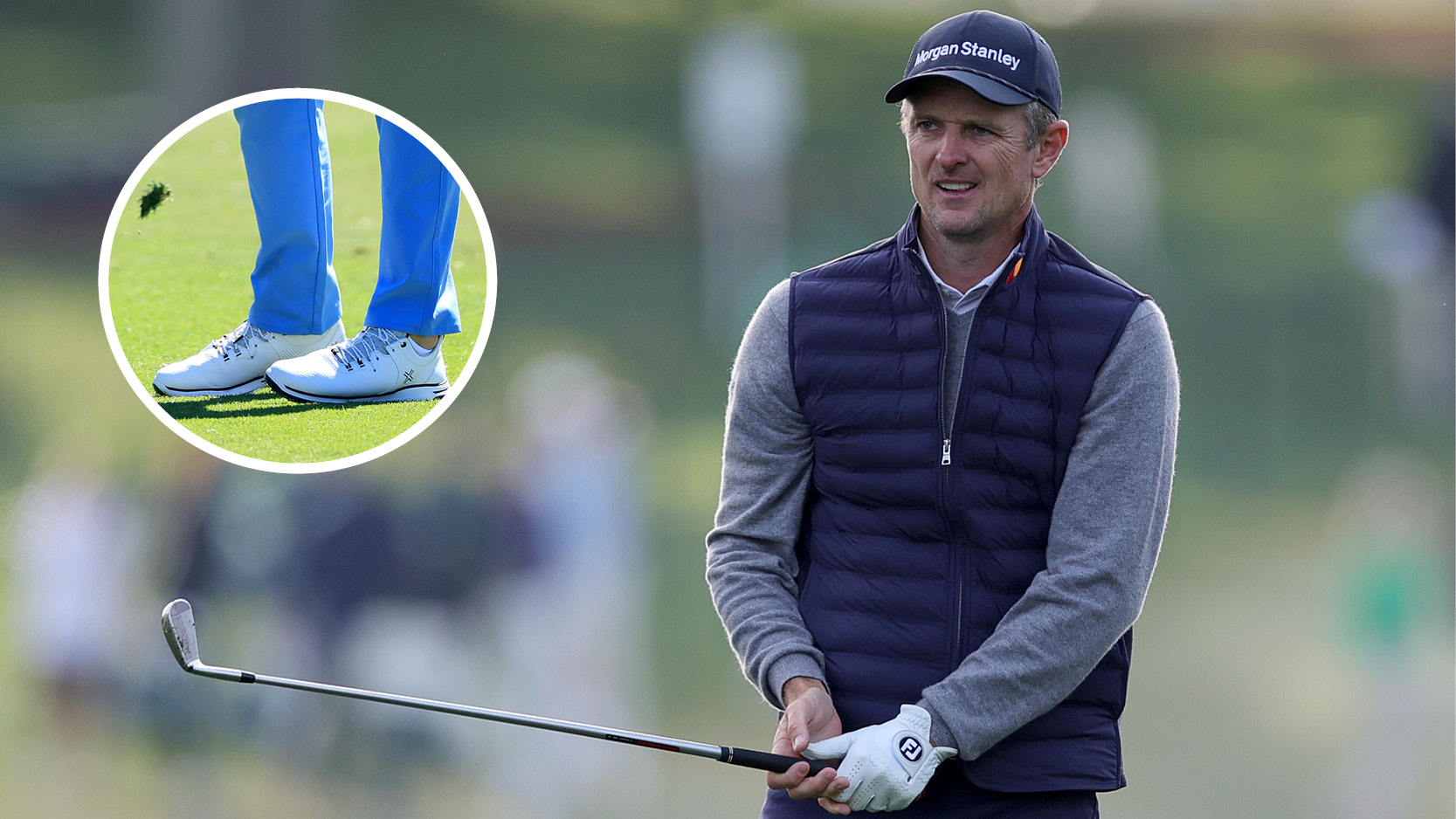Ping G430 Iron Review
In this Ping G430 iron review, Joel Tadman puts it through its paces on the course to find out what golfers can expect

The Ping G430 iron adds extra distance to the performance party without compromising forgiveness or consistency. The feel is solid, lively and approach shots just seem easier to execute, which genuinely elevates your enjoyment of the game.
-
+
Notably longer than G425
-
+
Impressive stopping power
-
+
Very consistent off center
- +
-
-
Badge appearance will divide opinion
Why you can trust Golf Monthly

Ping G430 Iron Review
If asked to consider the brand that offers the most user-friendly irons in the game, many will immediately think of the best Ping irons and specifically its G ranges, which have helped inconsistent golfers mask their ball-striking flaws for nearly two decades.
WATCH: See how the Ping G430 iron compares versus the Callaway Paradym
The Ping G425 iron was, and still is, an incredibly accurate iron but in the world where distance is king (rightly or wrongly in the case of irons) it didn’t have the wow factor of perhaps the TaylorMade Stealth iron or Wilson D9. Step forward the Ping G430 iron, billed by the brand as being ‘distance competitive, scoring uncompromised’. It achieves this through multiple design changes as well as some alterations in the set make up that make it long and playable while providing multiple build options for golfers to get the right configuration for them.

The overall shape hasn’t really changed from G425 into G430. The head has been made a little more compact although the grooved area looks a little longer. The notable offset, generous top line and the iron number inscribed on the face carries over (sigh). One thing you may not see is the extra one degree of bounce on the sole which not only helps to lower the CG but also provides a little more insurance on those extreme misses where the club contacts the ground too early.
We tested the Ping G430 irons indoors on the Foresight Sports GCQuad launch monitor with Titleist Pro V1x golf balls before having a long session on the range at Prince’s Golf Club. The G430 7-iron comes in at 29°, which is a degree stronger than the G425, so we were expecting more distance and that’s what the data showed. In the same length and flex AWT 2.0 shaft, the G430 was nearly 2mph faster than G425. Despite the stronger lofts, the launch and peak height were similar with the G430 reducing spin by just over 500rpm. This all equated to five yards of extra carry at 176 yards up from 171 yards with the G425.

These numbers are significant, because distance has been added without sacrificing launch or height - something the best golf irons demonstrate. For context, the ball speed and carry distance data was comparable with my testing of the new Aerojet iron, which is 2.5° stronger in loft. My shot pattern with G430 was more consistent too, which I really noticed when hitting shots outdoors. Both irons were pretty straight, but with G425 shots tended to drift both ways whereas with the G430 the windows were smaller. Misses low on the face got up higher than I expected too - you’ll likely carry bunkers you’d expect to find after a thin strike with the G430 irons.
It’s hard to pinpoint where this performance comes from - my guess would be a combination of the lofts, the three percent thinner face and the new PUR Flex badge. Its clever design is made up of 15 pieces that form seven flexible zones so as to not restrict the bending of the face. It perhaps doesn't look the best but it also helps soften the sound, something I noticed in testing. The sound is quite short and lower in pitch, which certainly contributes to a softer feel than you would typically associate with the best game improvement irons.

To tidy up the gapping in the set, Ping has added a 45 wedge (which is actually 45.5°) below the 50. I mentioned earlier about options and with the G430 iron there are four - standard spec, power spec (1.5° stronger lofts), retro spec (1.5° weaker lofts) and a new HL (High Launch) build, which is also available in the Ping G430 metalwoods and has a lighter swing weight to help slower swing speed golfers optimise performance.
Factor in these considerations, along with the performance enhancements over G425, there’s a strong case for the G430 to be the most comprehensive or widely appealing distance iron on the market in 2023. One thing is for sure is that it will make you look like a better player than you are.
Get the Golf Monthly Newsletter
Subscribe to the Golf Monthly newsletter to stay up to date with all the latest tour news, equipment news, reviews, head-to-heads and buyer’s guides from our team of experienced experts.

Joel has worked in the golf industry for over 15 years covering both instruction and more recently equipment. He now oversees all equipment and video content at Golf Monthly, managing a team of talented and passionate writers and presenters in delivering the most thorough and accurate reviews, buying advice, comparisons and deals to help the reader or viewer find exactly what they are looking for.
One of his career highlights came when covering the 2012 Masters he got to play the sacred Augusta National course on the Monday after the tournament concluded, shooting a respectable 86 with just one par and four birdies. To date, his best ever round of golf is a 5-under 67 back in 2011. He currently plays his golf at Burghley Park Golf Club in Stamford, Lincs, with a handicap index of 3.1.
Joel's current What's In The Bag?
Driver: Titleist GT3, 9°, Fujikura Ventus Black 6 S shaft.
Fairway wood: Titleist TSR3, 15°
Hybrid: Titleist TSi2, 18°
Irons: Titleist T150, 4-PW
Wedges: Titleist Vokey SM10, 50°, 54° and 58°
Putter: LAB Golf DF3
Ball: 2025 Titleist Pro V1x
-
 What Golf Shoes Is Justin Rose Wearing At The Masters?
What Golf Shoes Is Justin Rose Wearing At The Masters?The Englishman has been seen wearing a number of shoes throughout his career and, at the start of 2025, Rose has been spotted donning footwear from PAYNTR Golf
By Matt Cradock Published
-
 Why Justin Rose Didn’t Join LIV Golf
Why Justin Rose Didn’t Join LIV GolfJustin Rose looked at the possibility of joining LIV Golf before opting against a move
By Mike Hall Published
-
 What Went Wrong For Rory McIlroy At The Masters
What Went Wrong For Rory McIlroy At The MastersMcIlroy dropped four strokes in three holes to almost play himself out of the tournament on Thursday evening
By Elliott Heath Published